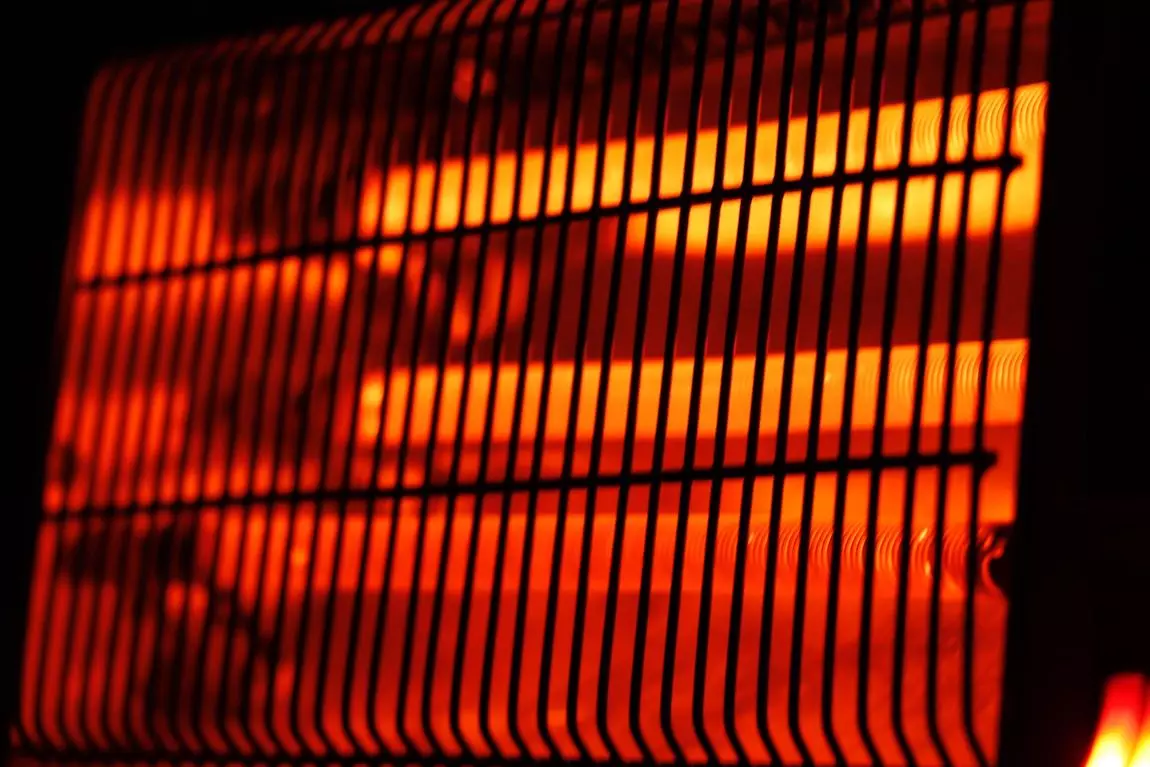If you've invested a significant amount of time, money and effort into building up your outdoor space into the patio or deck of your dreams, it only makes sense to invest a little more for the pleasure of enjoying it in comfort all year long.
One of the simplest ways to do that is to install an outdoor electric patio heater so that you and your guests can enjoy your backyard oasis even on a cold night. But with all the options out there, trying to find the best outdoor electric heater can be confusing if you're not sure what you should be looking for.
This post will arm you with the information you need so you can find an outdoor electric heater that brings you year-round joy.
Basic Information on Outdoor Heaters
Outdoor patio heaters generally come in three basic types, gas, propane and electric. While they each have their pros and cons, electric patio heaters have been gaining popularity in recent years.
Let's take a closer look at some of the advantages and disadvantages of each.
Natural Gas Powered Outdoor Patio Heaters
Gas-powered outdoor heaters connect to a home or a business's natural gas line to operate. Natural gas is relatively cheap, but gas-powered heaters also produce harmful emissions like carbon monoxide that can cause health concerns and pollute the environment. Therefore they are usually only recommended in well-ventilated areas, so they should not be used on covered patios or inside tents. Also, gas heaters are not portable because they are connected to the gas line and are only available in limited styles, shapes and mounting options.
Propane Outdoor Patio Heaters
Propane heaters provide more flexibility than gas heaters because they are portable. They run on a propane tank at the base of the heater. This means that propane heaters are also limited in their design styles. If you operate an outdoor propane heater, you have to keep a spare tank of propane handy in case it runs out. Propane heaters also produce harmful emissions.
Electric Outdoor Patio Heaters
Electric heaters, on the other hand, are portable, cleaner, don't produce emissions, are safer to operate, come in a wide variety of design styles, and many can be plugged into a standard outlet. The knock on electric heaters is that, depending on the rates in your area, they can cost more to run than gas or propane.
The tradeoff for these conveniences is that gas and propane heaters produce more heat. For many consumers, however, the heat output of an outdoor electric heater meets their needs.
There are also electric outdoor heaters that are much more powerful than the ones that draw their power from a 120v wall socket. These models must be hardwired and are usually installed to a wall or ceiling, so they aren't portable.
Electric heaters use infrared or halogen light to produce heat, which is why they are considered safer and more environmentally friendly than gas and propane outdoor heaters.
What Are the Different Types of Outdoor Electric Heaters?
Outdoor electric heaters are generally available in two different types based on how they're installed – freestanding and ceiling, wall- or pole-mounted heaters.
Freestanding Outdoor Electric Heaters
Freestanding outdoor electric heaters can be placed on a flat surface like the ground or a table, much like a lamp. Most are designed to plug into a standard outlet, making them a portable, convenient plug-and-play option.
Mounted Outdoor Electric Heaters
Also known as overhead electric heaters, these models are popular with homeowners who want a permanent heating solution in their outdoor space. They require installation by a professional electrician, but because they're hardwired, they produce a lot more heat than portable heaters.
Mounted outdoor electric heaters don't use up any floor space, and many are designed to blend seamlessly into your outdoor structure, such as recessed heaters that disappear into your ceiling, making them practically invisible. Newer models come with remote control and smart home compatibility.
Pole-mounted outdoor electric heaters provide an alternative option for homeowners without an outdoor structure with a wall or a ceiling, and who prefer to keep the outdoor heater overhead. You can simply mount them to a pole or under an umbrella and move around freely without worrying about bumping into it or knocking it over.
How to Choose the Best Outdoor Electric Heater for You
To help you in your decision on the best outdoor electric heater for you, let's compare some of the differences between the two.
Installation
Do you own a deck or patio with an overhead structure, and if so, is your preference for a permanent or portable heater? Keep in mind the extra costs involved with the installation of an overhead heater.
Calculate Your Heating Needs
A general rule of thumb for figuring out how powerful you need your outdoor electric heater to be is to multiply the square footage of an area by 10. So a 25ft x 25ft area is 625sq.ft. Multiplied by 10, a rough estimate is that you need 6250W to heat a space that's 25ft x 25ft.
Variable Heating Control
The plug-and-play freestanding outdoor heaters essentially have one temperature setting – on or off. Mounted electric patio heaters offer options that include temperature selection that can be adjusted by remote control and full smart home integration.
Style Options
Along with considerations that include power and permanence, your style preference will factor into your decision. Both types of outdoor electric heaters come in a wide range of styles, colors, shapes etc. However, floor and tabletop freestanding outdoor heaters are designed more like a piece of furniture that becomes a part of your outdoor space, while mounted patio heaters are generally made to serve the opposite purpose and remain out of sight.
Infrared or Halogen Heater?
Electric heaters generally use one of two light sources to heat an outdoor space – infrared and halogen. Halogen provides a slightly more powerful heat source, however, halogen also produces a bright light that can sometimes make people uncomfortable.
Flammability and Safety Concerns
Manuals for almost every product are available online. It's a good idea to consult the manuals of the models you are considering before you buy to learn more about a unit's performance specifications and manufacturer warnings. Outdoor electric heaters will often recommend a minimum safety distance you should keep between the heater and potentially flammable materials like fabrics or umbrellas.
Cleaning and Maintaining Your Outdoor Electric Heater
One of the advantages of electric heaters over propane heaters is that they are a lot easier to maintain. You can clean them with a mild household cleaner and a cloth or a rag by simply wiping down all their exposed surfaces.

